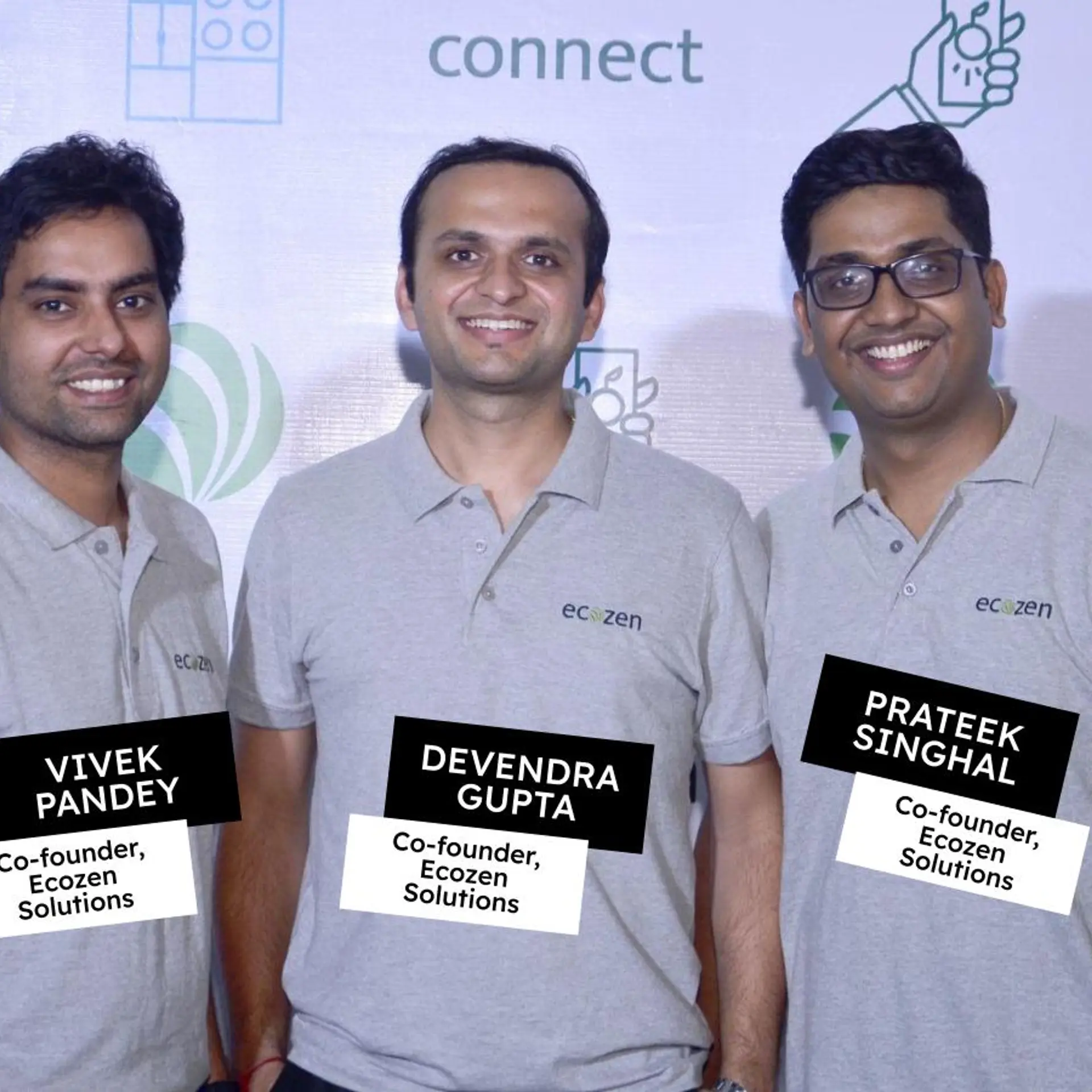[Matrix Moments] Fintech: A look back at the first six months of 2020
The first six months of 2020 has been a rollercoaster ride for fintech startups and investors. In a way, it’s been a story of two halves – extreme optimism and greed till early March, followed by extreme pessimism and fear subsequently.
The great fintech rally and optimism was at its peak in late 2019 and the trend continued in the early part of 2020 too, with several companies across sectors announcing new financing rounds. For e.g., Lending (, SME Corner, , ); Payments (, , ); Insurance (, , ); Neobanks / Neocards (, , OneCard); SaaS (, , ).

Image Credit: Daisy
However, once COVID-19 hit Indian shores, things changed overnight, and people didn’t want to touch the fintech sector. New entrepreneurial activity has been down by 70-80 percent, while some investors have started talking about not investing in fintechs at all! In my view, painting everything with the same brush is erroneous.
For example, digital payment startups have already recovered to pre COVID levels and are benefitting from clear ecommerce tailwinds. Digital broking firms are showing unprecedented growth - partly because offline channels are unavailable and partly because massive correction in the equity markets is attracting new investors. Health insurance is showing signs of becoming a pull product with even small merchants looking for at least basic insurance cover for their employees.
Impact of COVID on lending
Clearly, lending companies have had a rough few months, and more pain is still to come, but there again it’s a story of two halves.
Companies that have clear PMF (product market fit), experienced management teams, and strong balance sheets have only grown stronger (including continued access to new debt), while others have faced tough times.
Without taking company names, there are three examples in our portfolio where the lenders are already at their highest ever collection efficiencies (98 percent plus in a couple of cases) and monthly disbursal rates.
In addition to this, the last few months have forced resource constrained companies to focus on things that truly matter – right-size operations, build truly digital GTM strategies, and strive to achieve profitable growth vs using cashbacks or other unsustainable practices to fuel growth – all things that will help build enduring companies.
In fact, we are seeing reports of a number of companies, both within our portfolio and outside, that have either turned profitable or will turn profitable over the next few months. This was the biggest lacuna for fintech lenders in the past, but we are seeing early signs of that changing.
Lastly, this crisis is very different from the 2008 Global Financial Crisis where banks globally were over leveraged (unlike current scenario) and the recovery is perhaps going to be different too.
Long-term fundamentals in fintech
At Matrix Partners India, we believe that long term fundamentals for fintech have not changed. In India, financial services is still an under-penetration story. We are approaching the bottom of the credit cycle, and for innovators taking a long-term view, underlying market opportunity will only become better.
Fear cycle will take over in the short term and competitive intensity will likely reduce across some segments. We are confident that several exciting companies in our portfolio are well positioned to capitalise on the opportunity across sectors such as digital payments (, Mswipe); SME lending (Five Star Finance, , ); consumer credit ( Financial Services, OneCard, Liquiloans); and neobanks (Jupiter, , ). We also continue to scout actively for the next game changer whom we can partner with.
The next decade will perhaps start with some pain, but no doubt it will generate unprecedented opportunity. Sceptics should track Bajaj Finance and HDFC Bank’s stock price post the 2008 crisis. Or note that companies such as Square, Stripe, and SoFi started in 2009, 2010, and 2011, respectively. The best times may well be ahead of us.
Edited by Megha Reddy


![[Matrix Moments] Fintech: A look back at the first six months of 2020](https://images.yourstory.com/cs/2/a9efa9c02dd911e9adc52d913c55075e/FintechPreandPostCovid-02-1596804981895.png?mode=crop&crop=faces&ar=2%3A1&format=auto&w=1920&q=75)
![[Matrix Moments] From starting at IIT and hacking their way ahead: the journey of Razorpay founders](https://images.yourstory.com/cs/2/a9efa9c02dd911e9adc52d913c55075e/Imageca0d-1596174704943.jpg?fm=png&auto=format&h=100&w=100&crop=entropy&fit=crop)




